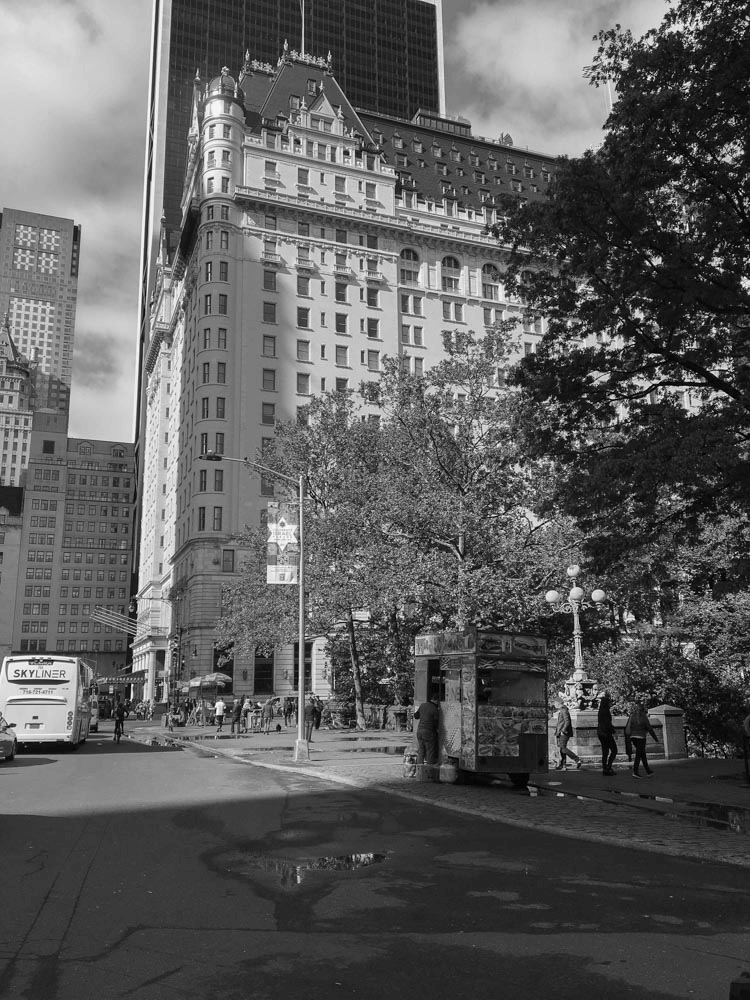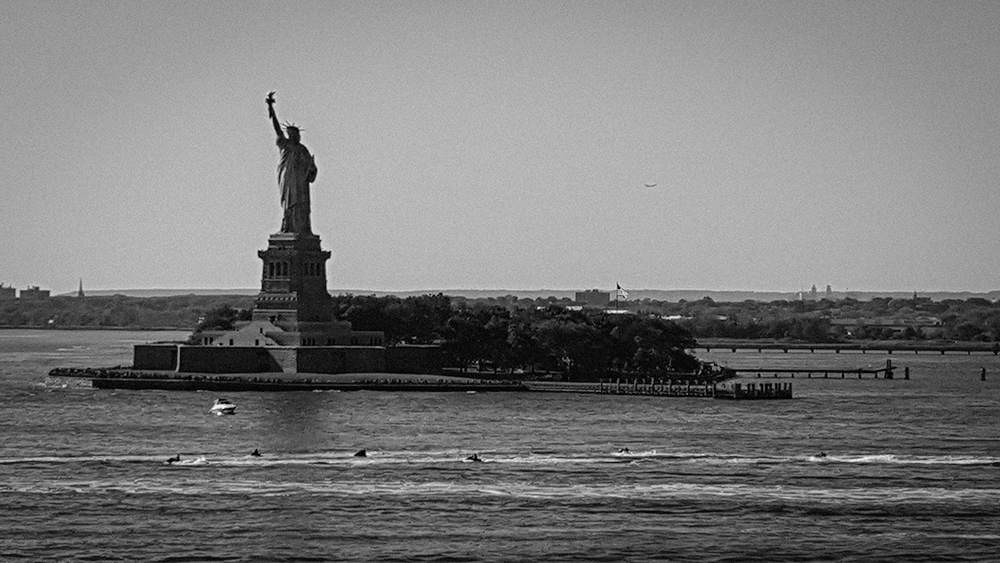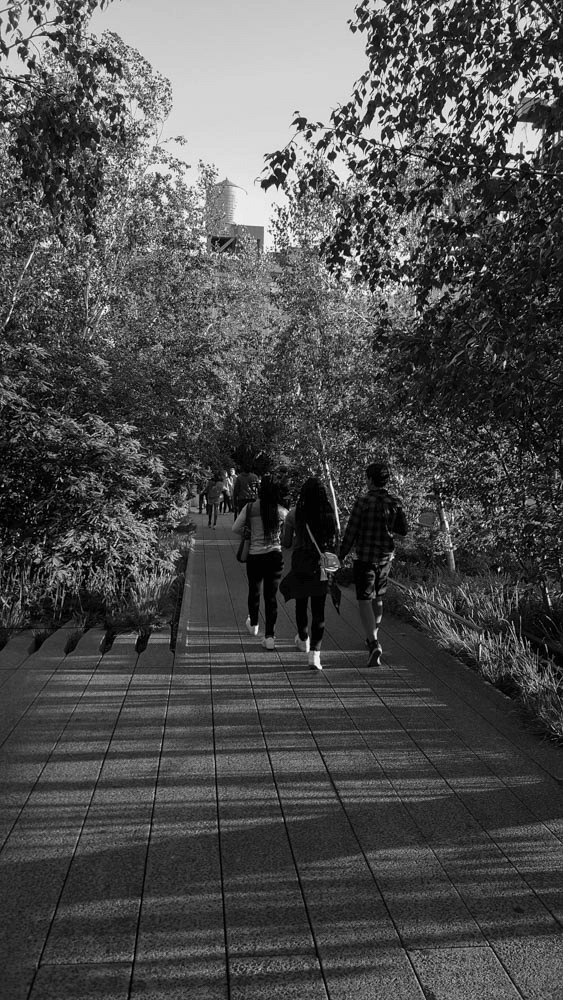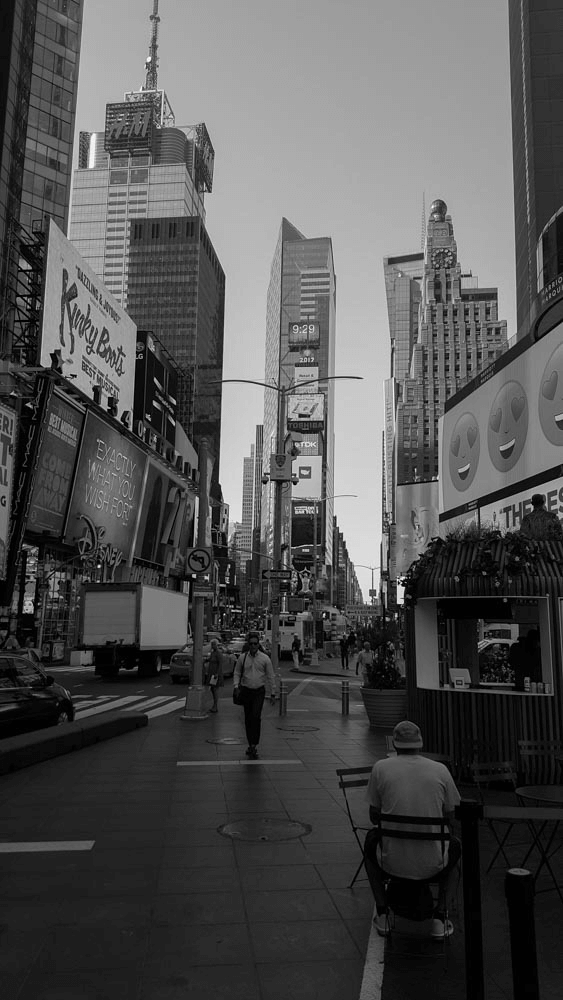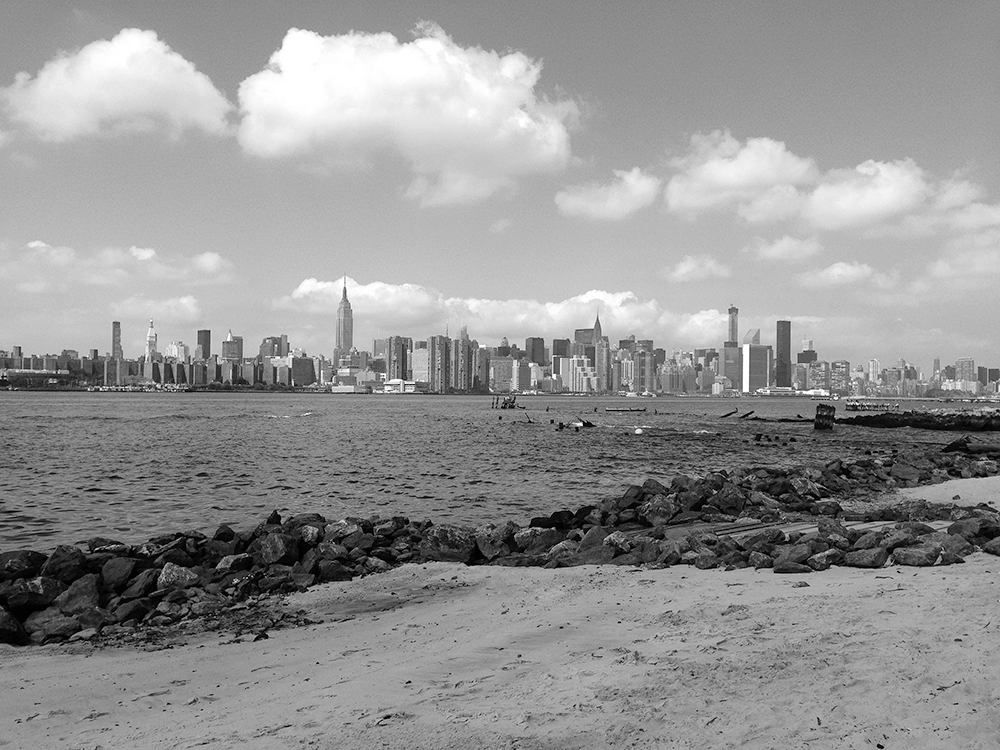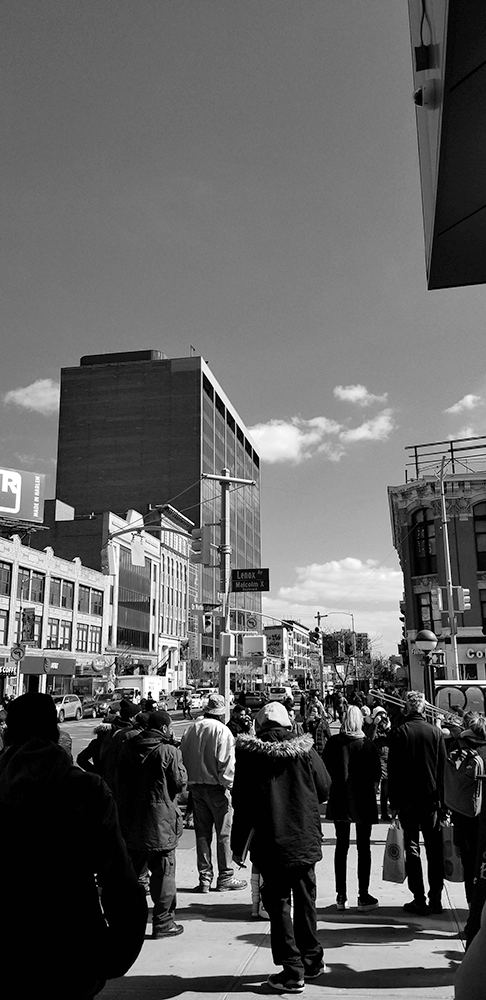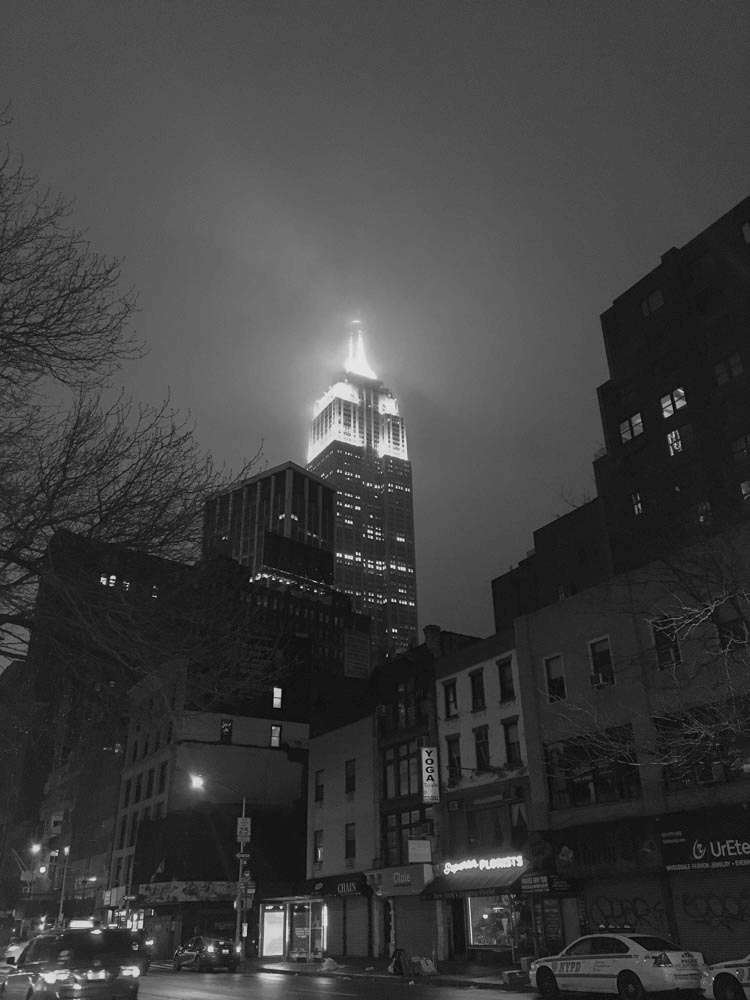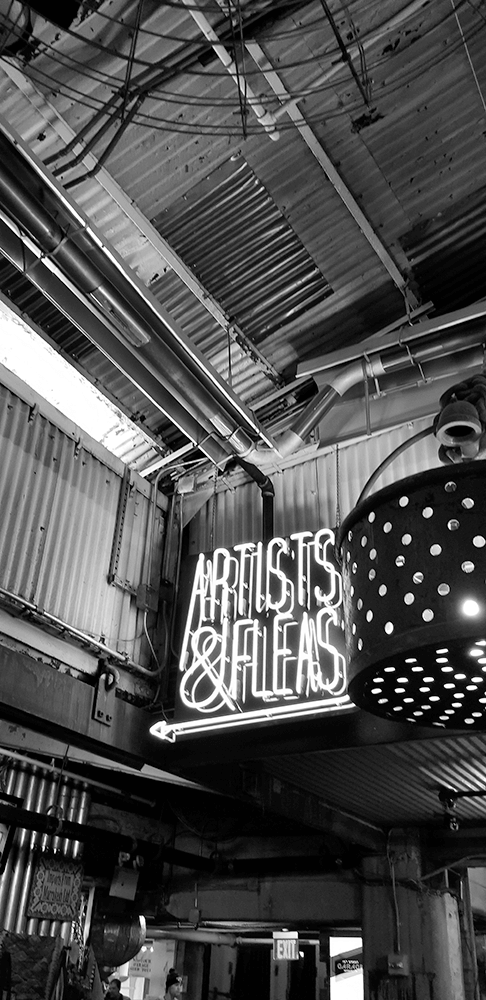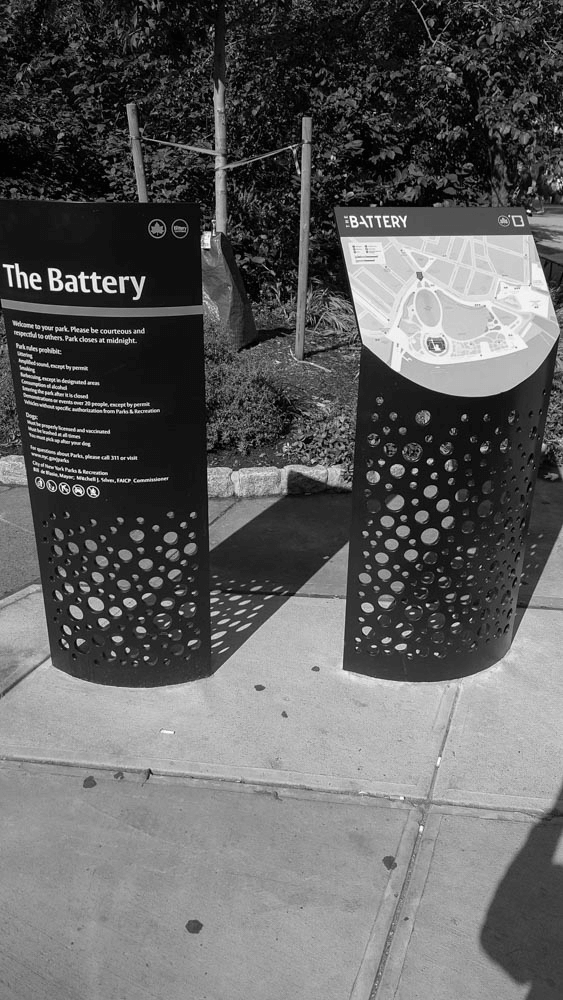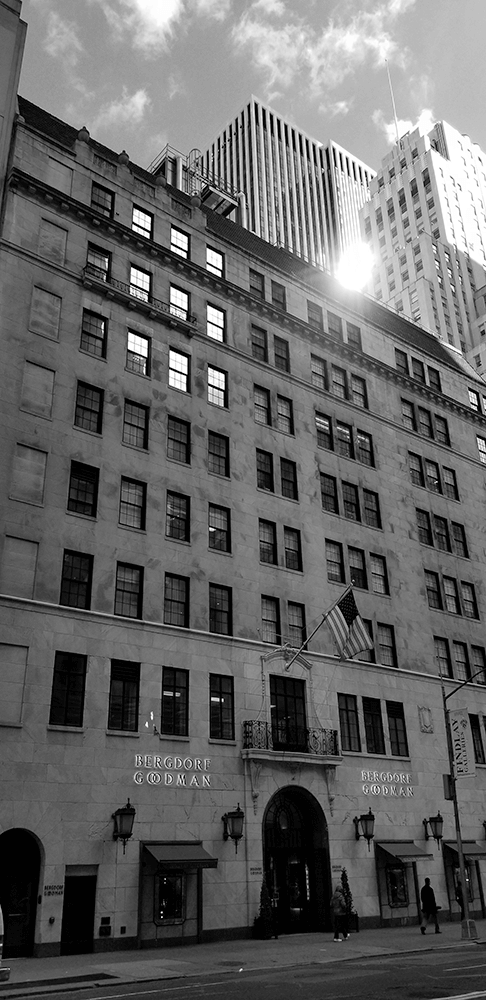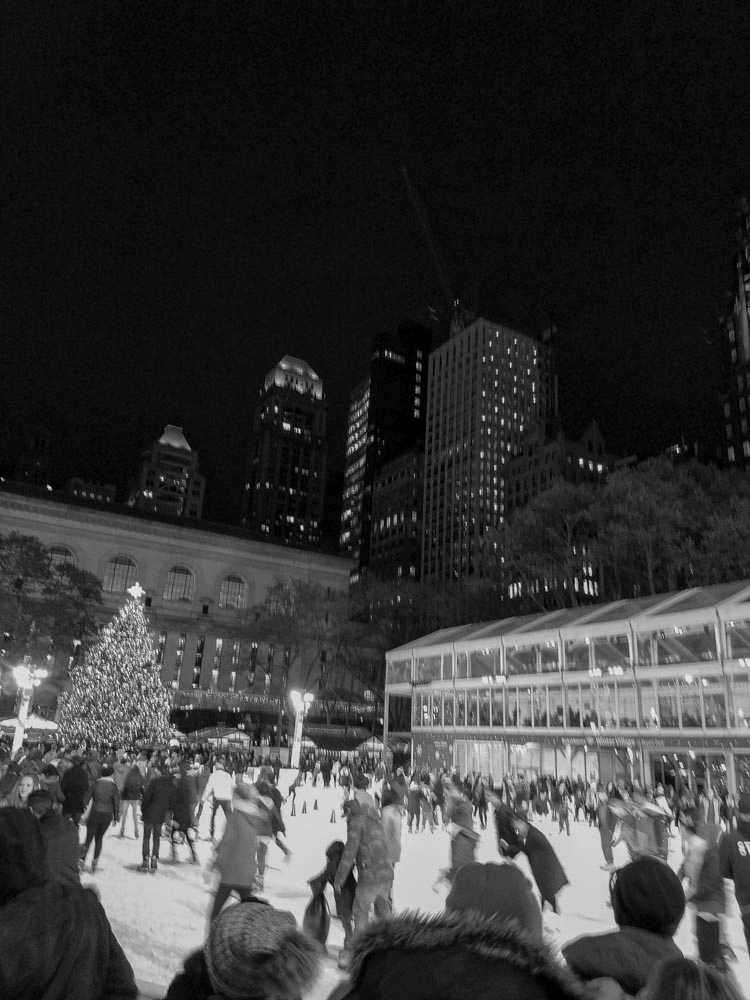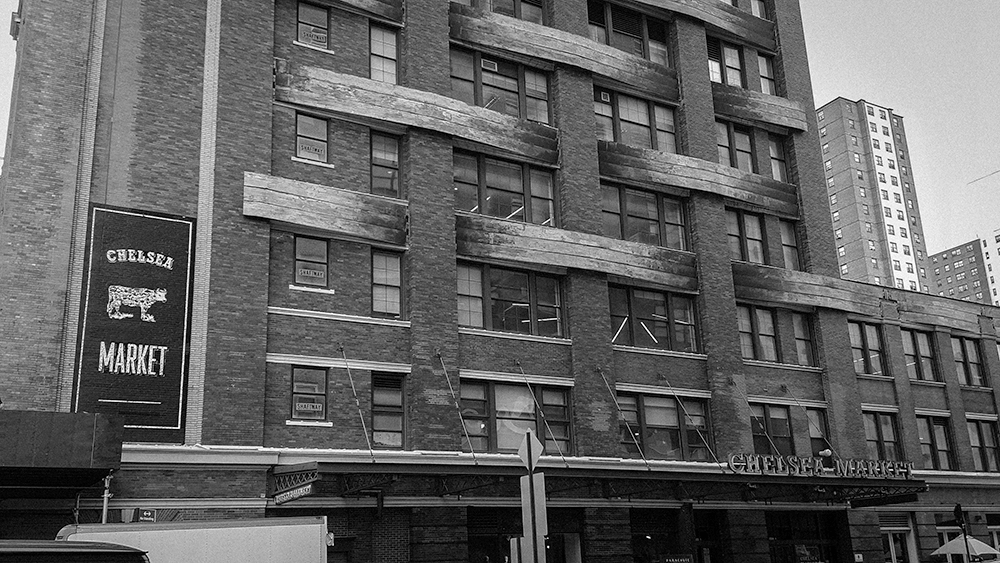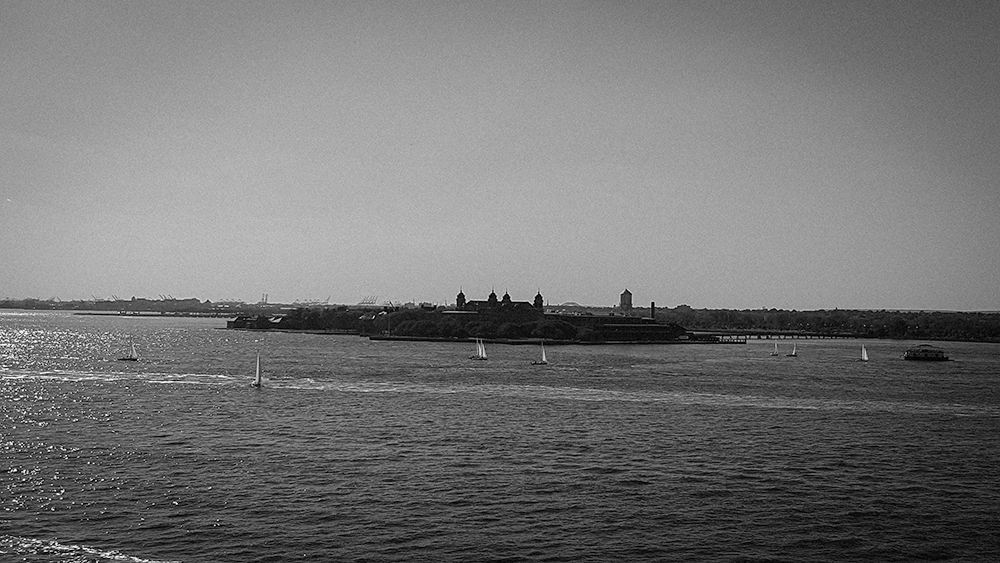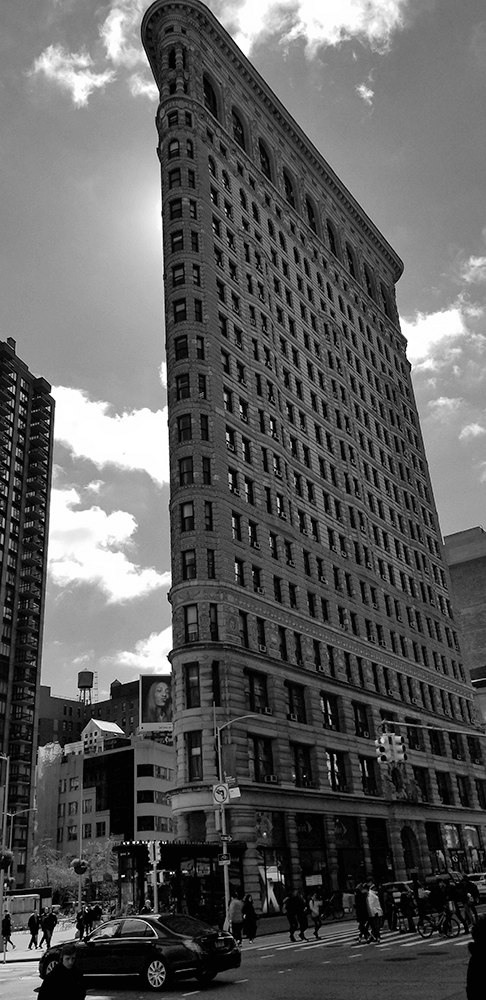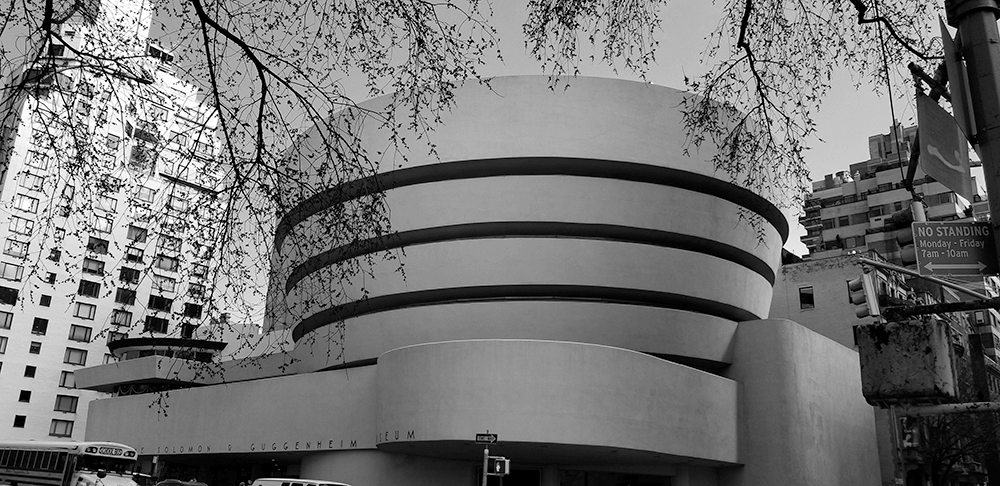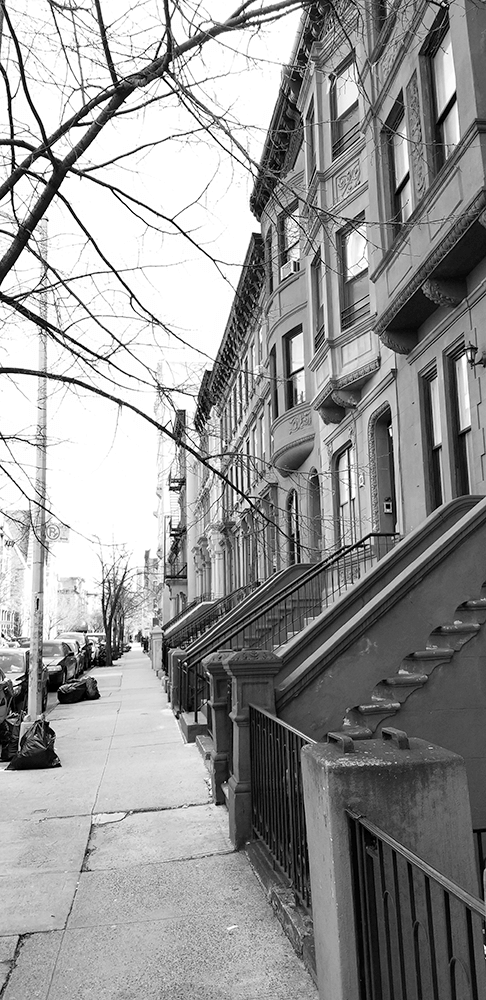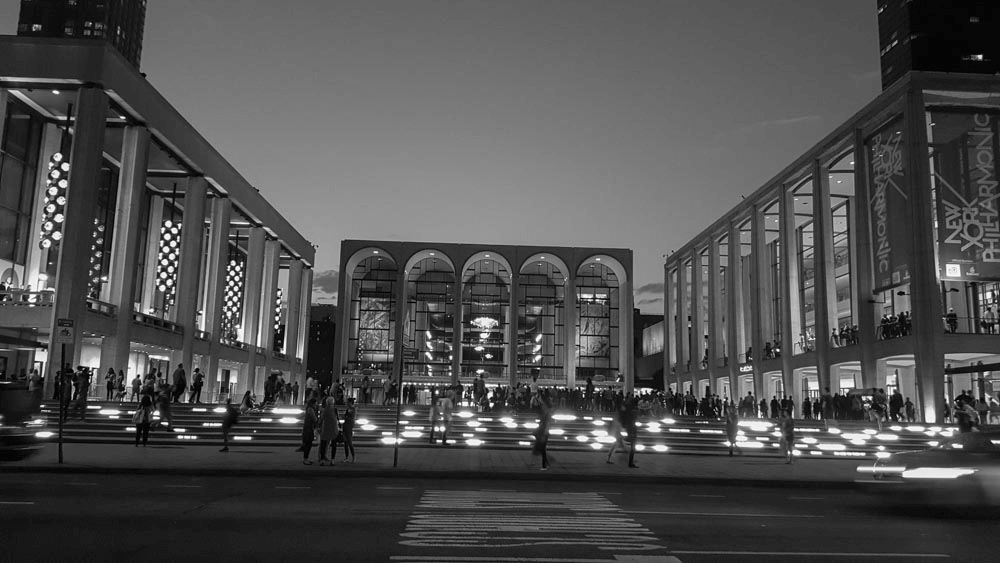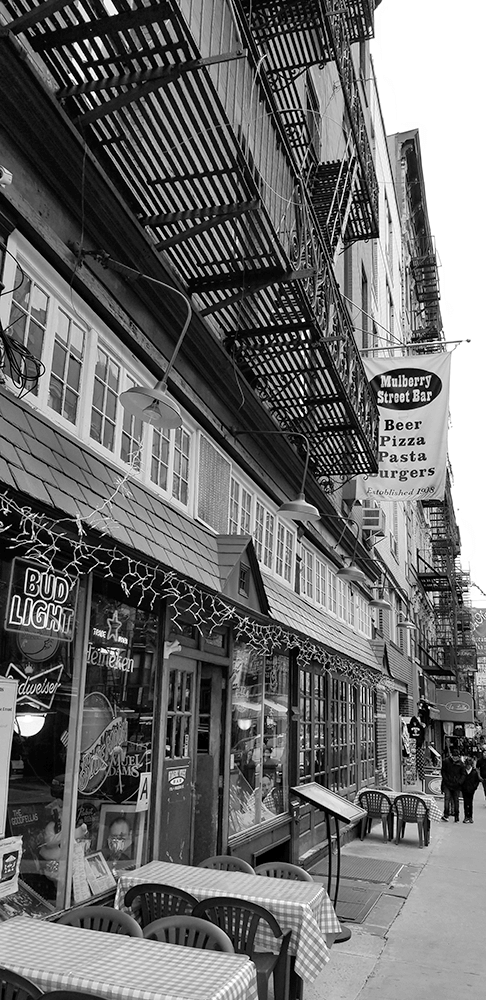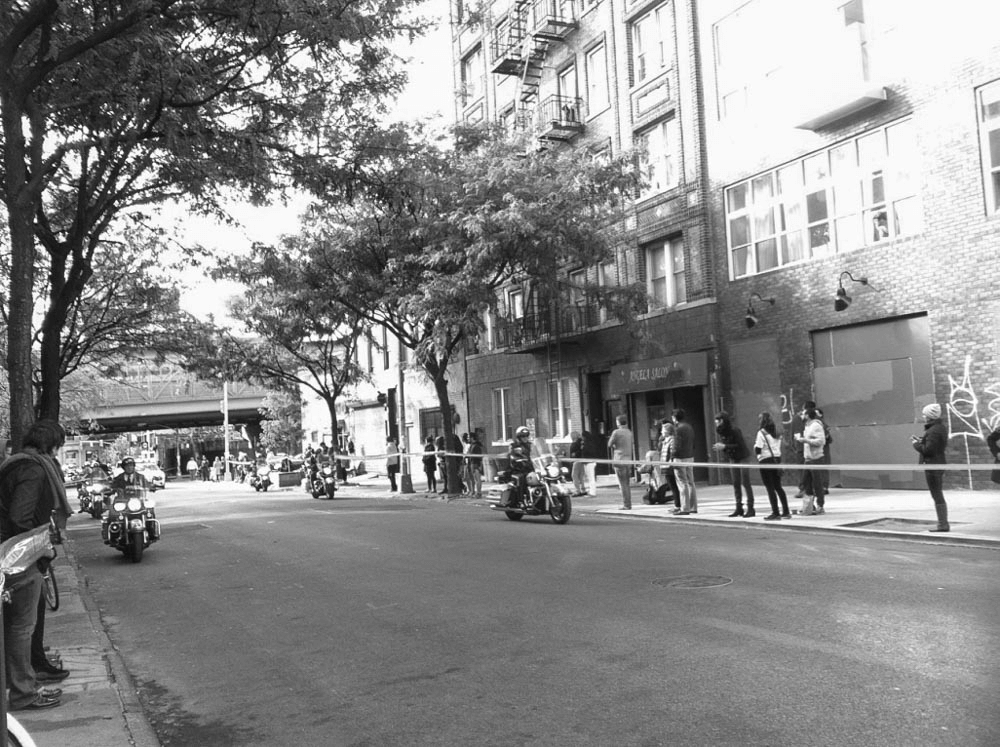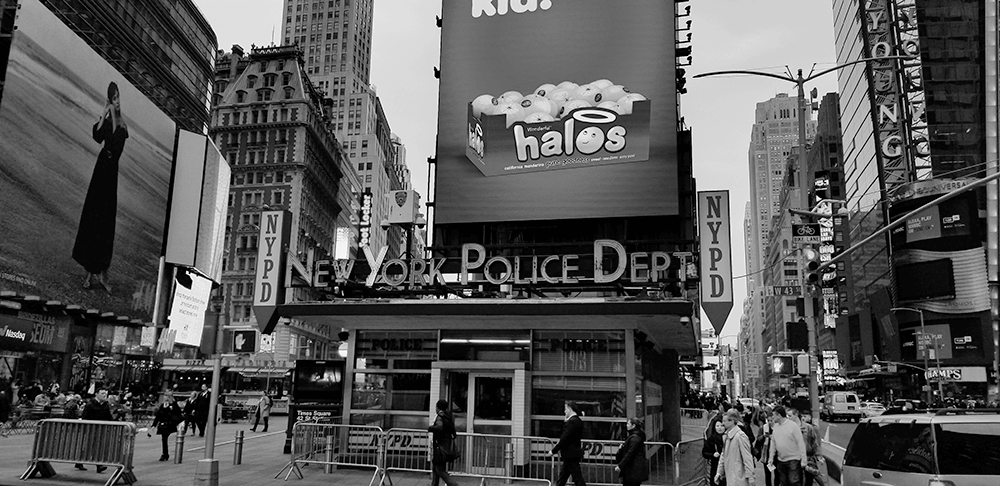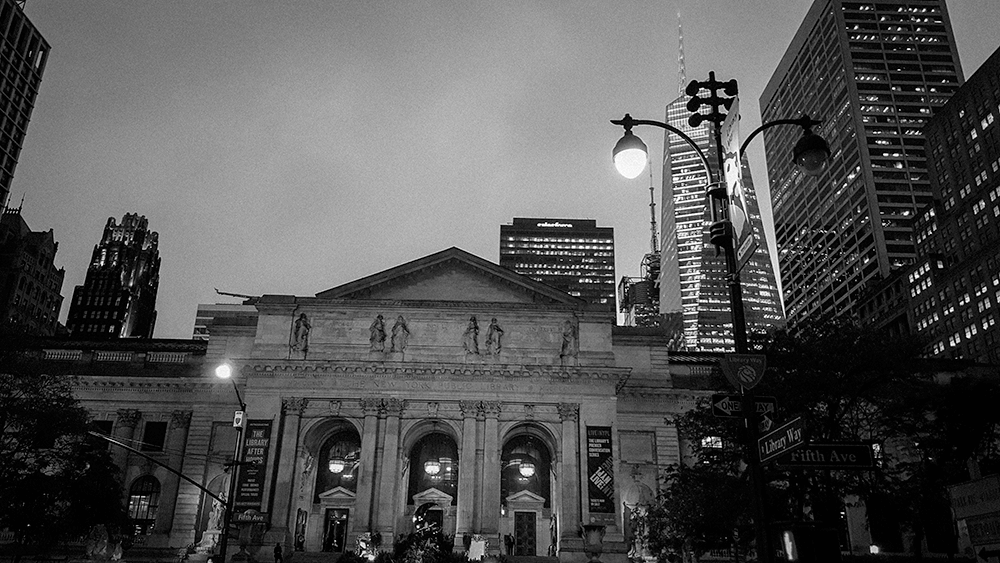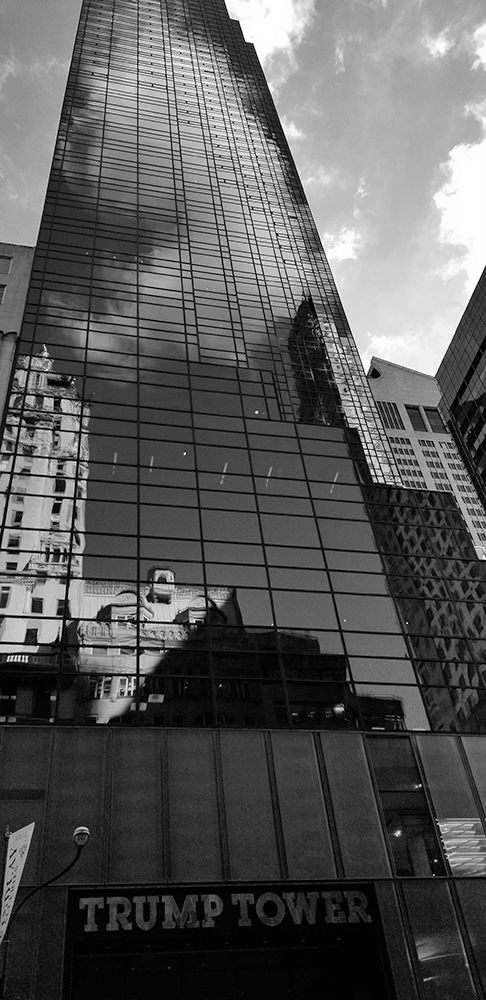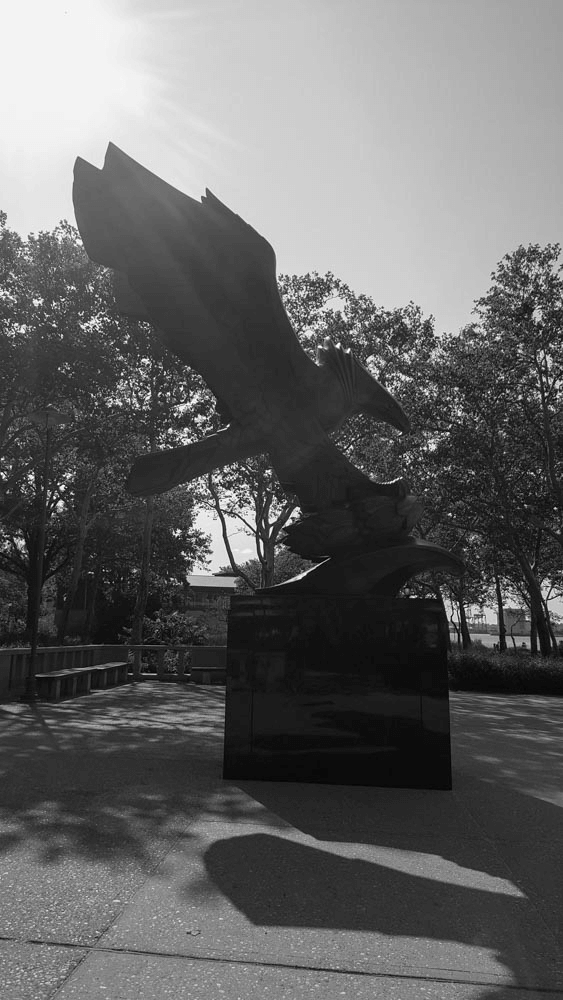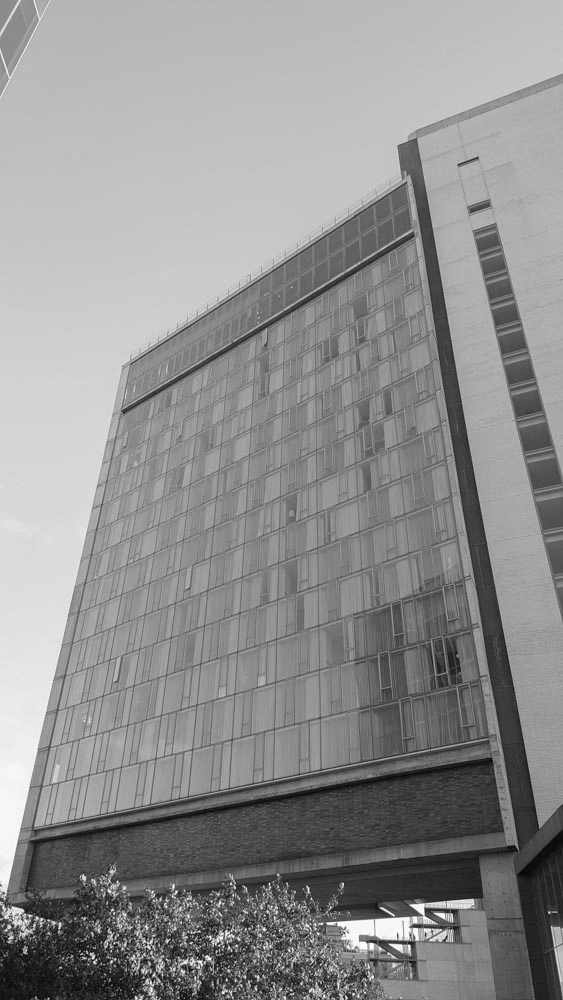Museum
Queens
Louis Armstrong House Museum
Louis Armstrong House Museum – Ein Fenster in das Leben einer Jazzlegende Das Louis Armstrong House Museum in Corona, Queens, ist ein einzigartiges kulturelles Erbe, das das Leben und die Karriere eines der größten Jazzmusiker des 20. Jahrhunderts, Louis Armstrong, feiert. Das Museum befindet sich in dem ehemaligen Wohnhaus von Armstrong und seiner Frau Lucille, wo sie von 1943 bis zu seinem Tod im Jahr 1971 lebten. Es wurde 2003 eröffnet und bietet den Besuchern einen tiefen Einblick in das Leben des Musikers und seine bedeutenden Beiträge zur Musikgeschichte. Geschichte und Bedeutung Louis Armstrong, geboren am 4. August 1901 in New Orleans, gilt als eine der einflussreichsten Figuren im Jazz. Seine innovative Spielweise an der Trompete und seine unverwechselbare Stimme haben die Musikwelt nachhaltig geprägt: Lebenslauf: Armstrong wuchs in einer schwierigen Umgebung auf, aber sein Talent und seine Leidenschaft für die Musik führten ihn zu einer bemerkenswerten Karriere. Er trat mit berühmten Bands auf und veröffentlichte zahlreiche Hits, die bis heute bekannt sind. Das Haus: Armstrong kaufte das Haus in Corona, um ein ruhiges Leben abseits des Rampenlichts zu führen. Hier entwickelte er seine Musik weiter und engagierte sich in der Gemeinschaft, während er gleichzeitig ein Familienleben führte. Architektur und Räumlichkeiten Das Louis Armstrong House ist ein charmantes, zweigeschossiges Gebäude im Stil der 1930er Jahre: Inneneinrichtung: Das Haus ist weitgehend im originalen Zustand erhalten, einschließlich der Möbel und persönlichen Gegenstände von Armstrong und Lucille. Die Räume sind liebevoll dekoriert und reflektieren den Stil und die Vorlieben des Paares. Garten: Der Garten des Hauses ist ein weiterer wichtiger Bestandteil des Museums. Armstrong liebte es, Zeit im Freien zu verbringen, und der Garten ist ein Ort der Ruhe und Inspiration. Hier können Besucher die Umgebung genießen, die Armstrong als Rückzugsort nutzte. Ausstellungen und Programme Das Museum bietet eine Vielzahl von Ausstellungen, die das Leben und die Karriere von Louis Armstrong beleuchten: Dauerhafte Ausstellungen: Die ständigen Ausstellungen umfassen eine Vielzahl von Artefakten, darunter persönliche Gegenstände, Fotografien und Aufnahmen, die die Entwicklung von Armstrongs Musik und seinen Einfluss auf den Jazz dokumentieren. Wechselausstellungen: Neben den ständigen Ausstellungen organisiert das Museum auch temporäre Ausstellungen, die sich mit bestimmten Aspekten von Armstrongs Leben oder der Geschichte des Jazz im Allgemeinen befassen. Führungen: Das Museum bietet geführte Touren an, bei denen Besucher mehr über Armstrongs Leben, seine Musik und seine Zeit im Haus erfahren können. Die Führungen sind informativ und bieten einen persönlichen Einblick in das Leben des Musikers. Bildung und Gemeinschaft Das Louis Armstrong House Museum engagiert sich stark in der Gemeinschaft und bietet verschiedene Bildungsprogramme an: Workshops und Vorträge: Das Museum veranstaltet regelmäßig Workshops, Vorträge und Diskussionsrunden, die sich mit Themen rund um Jazz, Musikgeschichte und die kulturelle Bedeutung von Armstrongs Werk befassen. Schulprogramme: Das Museum bietet spezielle Programme für Schulen an, um Schülern die Bedeutung von Jazz und Armstrongs Einfluss auf die Musik näherzubringen. Diese Programme sind darauf ausgelegt, das Interesse an Musik und Kultur zu fördern. Gemeinschaftsveranstaltungen: Das Museum organisiert auch Veranstaltungen, die die lokale Gemeinschaft einbeziehen, darunter Konzerte, Filmvorführungen und Feste, die die Musik und Kultur des Jazz feiern. Das Louis Armstrong House Museum ist ein unverzichtbarer Ort für Musikliebhaber und Kulturinteressierte in New York City. Mit seiner reichen Geschichte, den beeindruckenden Ausstellungen und dem Engagement für die Gemeinschaft bietet das Museum einen einzigartigen Einblick in das Leben und die Karriere eines der größten Jazzmusiker aller Zeiten. Ein Besuch im Louis Armstrong House ist nicht nur eine Reise in die Vergangenheit, sondern auch eine Feier der zeitlosen Kunstform, die Jazz ist, und des Erbes, das Louis Armstrong hinterlassen hat.
1 2 NYCGO 3 4


